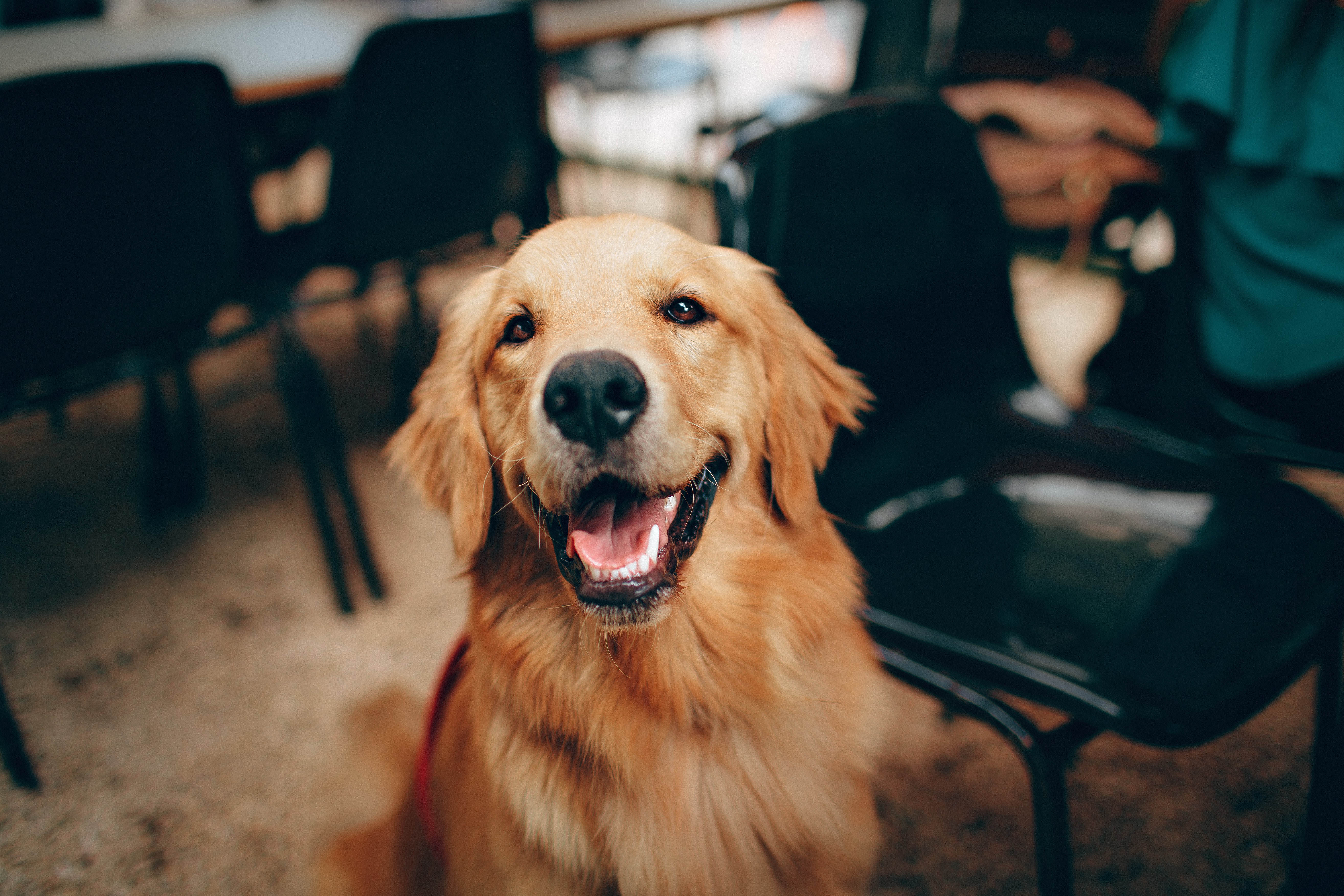
JKTech offers consultancy and laboratory services, specialist software and equipment, and professional development courses to help mining companies achieve positive and sustainable outcomes.
JKTech is aligned to The University of Queensland’s Sustainable Minerals Institute (SMI) which includes the Julius Kruttschnitt Mineral Research Centre (JKMRC) and the WH Bryan Mining and Geology Research Centre (BRC). This close working relationship gives our team access to cutting edge research and technology from a world-leading institute that is committed to delivering sustainable resource development, technological advancements, and community solutions to address the challenges facing the minerals industry.
JKTech Pty Ltd is an independent partner assisting mine sites to achieve future production targets through advisory services and training across the value chain.
JKTech is the technology transfer company for the Sustainable Minerals Institute (SMI) at The University of Queensland (UQ). Our role is to take viable research outcomes and transfer them to the international minerals industry.
JKTech was formed in 1986 as the Commercial Division of the Julius Kruttschnitt Mineral Research Centre (JKMRC) and was subsequently incorporated as a company in 2001, as a wholly-owned subsidiary of The University of Queensland via its holding company UQ Holdings Pty Ltd. The company operates under a Board of Directors with Neville Plint as the Managing Director.

Consulting
JKTech integrates geometallurgy, blasting, mining, comminution, mineral separation and waste disposal to ensure sustainable improvements in project value.
Mine-to-MillTM is a methodology developed by JKMRC to provide the mining industry with major benefits across the blasting and comminution processes. JKTech has expanded this to integrate disciplines across the value chain and tailored to our clients’ requirements which range from scoping studies to operations. This methodology is called: JK Value Chain Optimisation.
This methodology identifies opportunities and risks, providing operating strategies to ensure the improvements are sustained starting with the resource through to the final product.

Laboratory Services
A fully commercial laboratory specialising in characterisation of ore and waste materials.
Quantifying the process performance of ore and waste underpins decisions on mining, metallurgical, and environmental process improvement, optimisation, and design.
JKTech's laboratory specialises in delivering high quality, cost effective, and leading characterisation of ore and waste material using test work programs that are fit for purpose.
Characterisation can be undertaken at various scales from small scale geometallurgical measurements and tests on drill core or chips to bench tests or pilot plant trials.

Professional Development
Delivering life-of-mine training to build industry knowledge and capabilities.
JKTech draws on cutting-edge research and collaborates with leading experts from our global networks to deliver training packages designed to improve individual and company performance.
Whether you are a university graduate, an early-mid career professional, in a management or senior executive position, JKTech offers learning and development solutions to address critical mining challenges.
Example Curriculum
- Welcome to Module 1 - Things aren't always what they seem (1:04)
- Excel Tools - Descriptive Statistics (3:21)
- Precision and Accuracy (4:34)
- Spread and Deviation
- Activity: Precision and Accuracy
- Random Error (9:15)
- The Normal Distribution (3:17)
- Activity: The normal distribution
- How rare is rare?
- Example 1.1 - Uncertainty and probability (4:53)
- Activity: Build simple equation
- Exercise 1
- Population and Sampling (7:05)
- Activity: Sampling Tools
- The standard error (7:46)
- Sampling a Population - the standard error
- Example 1.2 - Standard error (1:30)
- Central Limit Theorem (Concept) (2:50)
- Central Limit Theorem - Sample Size
- Activity: Central Limit Theorem
- Confidence intervals and confidence limits (7:57)
- Confidence Limits (Error Bars)
- Example 1.3 - Confidence limits for large samples (1:12)
- Sample size for sample mean
- Activity: Experiment summary
- Exercise 2
- Error propagation in simple formulae & Example 1.4 (5:47)
- Tolerance limits & Example 1.5 (2:56)
- Relative errors
- Relative Error & Example 1.6 (6:54)
- Propagation of Error & Example 1.7 (5:58)
- Further Examples - Example 1.8 (3:43)
- Further Examples - Example 1.9 (3:09)
- Exercise 3
- Exercise 4
- Knowledge Check - Module 1
- Module 2 Introduction (0:36)
- t-tests (5:11)
- The t-distribution
- Example 2.1 - Confidence interval using t (6:35)
- Hypothesis (significance) Testing (2:20)
- Example 2.2 - Two sample t-test: 1-sided (9:14)
- Testing the Significance of Observed Differences
- t-test: 2-sided for two means & Worked Example 2.2 (18:22)
- Confidence limits on the difference & Worked Example 2.3 (9:24)
- Exercise 5
- Paired t-test
- Paired t-test & Worked Example 2.4 (13:03)
- Beware the mean (2:27)
- Exercise 6
- Compare sample mean with standard & Worked Example 2.5 (7:36)
- t-tests summary and assumptions (4:44)
- Exercise 7
- Type I and Type II errors
- Sample Size for t-tests (8:31)
- Activity: Hypothesis Testing with error analysis
- The formula for sample size (7:49)
- Example 2.6 (4:39)
- Example and Excel Worked Example 2.7 (7:44)
- Interpreting Errors (Risks) (10:14)
- Final Hypothesis Testing (2:16)
- Exercise 8
- Testing Outliers, Example & Worked Example 2.8 (10:55)
- Grubbs Test
- F-test
- F-test to compare two variances & Example 2.9 (9:44)
- Exercise 9
- Principles of ANOVA
- Analysis of Variance (ANOVA) & Example 2.10 (10:10)
- Activity: ANOVA
- Example and Worked Example 2.11 (7:11)
- The one-way ANOVA
- Activity: One-way ANOVA
- Exercise 10
- Exercise 11
- Chi-square test
- Chi-square test & Example 2.12 (5:16)
- Example and Excel Worked Example 2.13 (5:57)
- Level of Significance (6:34)
- P-value summary (5:25)
- Exercise 12
- Exercise 13
- Knowledge Check - Module 2
- Introduction (3:28)
- Activity: Linear Regression
- Example & Worked Example 3.1 (10:57)
- What is R-squared and R (8:06)
- R-squared, R and Correlations
- Regression Analysis - Correlations (2:27)
- Exercise 14
- Multiple Linear Regression - Example 3.2 (5:45)
- Worked Example 3.2 (7:20)
- Process Model (1:59)
- Exercise 15
- General Approach to Regression Modelling
- How to Judge Regression Models
- Judging Regression - Outliers Example 3.2 (revisited) (6:41)
- Improving the Regression Model (8:44)
- Scaling x-variables - Example 3.2 (revisited) (3:40)
- Comparing Two Trendlines
- Considerations for Comparing Two Trendlines (5:01)
- Example and Worked Example 3.3 (13:59)
- Exercise 16
- Knowledge Check - Module 3
- Module 4 Introduction (4:27)
- Preliminary Steps (3:55)
- Activity: Design of Experiments-Preliminary Steps
- Design of Experiments - Nomenclature
- General Mathematical Model (2:35)
- Introduction to Randomised Block Design
- Randomised Block Design (3:23)
- Example and Worked Example 4.1 (7:34)
- Example and Worked Example 4.2 (9:58)
- Collecting Data (1:32)
- Exercise 17
- Exercise 18
- Factorial Experiments (4:19)
- Factorial Design
- Advantages of Factorial Designs (6:14)
- Analysis of Factorial Experiments
- Example 4.3 (5:30)
- Example 4.4 (2:23)
- Activity: Experimental Error Estimates
- Exercise 19
- Yates Analysis (2:15)
- Yates Analysis of 2^n factorial
- Example 4.5 (5:29)
- Yates Mathematical Model (5:30)
- Example 4.6 (12:20)
- Exercise 20
- Fractional Factorials (1:33)
- Response Surface Designs (5:00)
- Response Surface Designs - CCRDs
- Knowledge Check - Module 4
- Module 5 Introduction (1:52)
- Overview (6:16)
- Process Variability (10:19)
- Conducting a Plant Trial
- Paired Trial (5:05)
- Paired Trial and Example 5.1 (2:41)
- Randomised Block Design & Example 5.2 (3:15)
- Design Criteria
- Worked Example 5.2 (2:17)
- Modelling - Comparing Trendlines
- Regression Models & Example 5.3 (4:53)
- Worked Example 5.3 (4:13)
- Multiple Regression Process Model
- Multi-linear Regression Example 5.4 and Worked Example 5.4 (9:57)
- Modelling Time series - Intervention Analysis
- Modelling a Time Series (3:49)
- Example 5.5 and Worked Example 5.5 (5:42)
- Time Series and Cumulative Sum (2:09)
- Cusum Charts and Worked Example 5.6 (5:59)
- Recovery Cusum (4:41)
- Exercise 21
- Exercise 22
- Cautionary Tale (6:31)
- Analysing Plant Trials (1:17)
- Which Method? (1:18)
- Practical Matters (2:51)
- Pro-Forma (5:30)
- Knowledge Check - Module 5
JKTech Online Courses
Our team of engineers has extensive experience in the minerals industry and we are committed to delivering value to our international client base. We offer a range of innovative solutions for the minerals industry aimed at increasing productivity and metal recovery.
This includes the following professional development courses:




